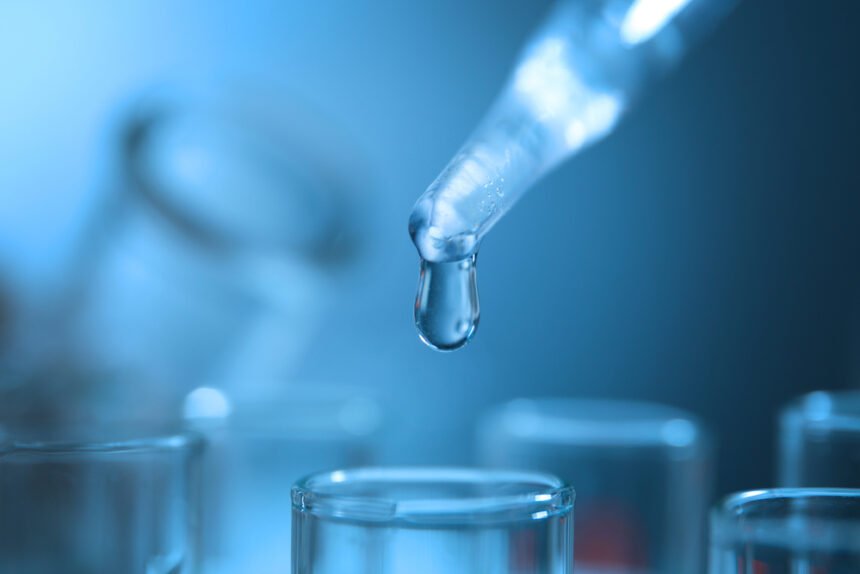Watch what you drink! Do you care about how clean your water is the way you focus on taking eight glasses a day? Well, contaminants are real and don’t wait to see them with your unaided eye. According to The Safe Drinking Water Act, the term “contaminant” refers to any physical, chemical, biological, or radiological matter in water.
As a result, the law describes “contaminant” broadly as “any foreign material other than water molecules.” Your drinking water is reasonably expected to contain in small amounts some contaminants. But again, high levels of these contaminants may be harmful to the body. Therefore this means that the mere presence of contaminants in your drinking water doesn’t pose a risk to your health.
Only some of the many contaminants as defined by The Safe Drinking Water Act above are on the Contaminant Candidate List. The CCL is the first level of assessment for unregulated water contaminants that require further investigation to determine their potential health effects and at which levels they can be harmful. But The Berkey Filters can ensure your drinking water is safe, so you don’t have to worry about suffering health problems due to contamination.
Below are four general categories of water contaminants that could be in your drinking water and examples of each:
-
Pathogens
Pathogens may be protozoa, bacteria, or viruses. Bacteria are common in water; only when they multiply in numbers above safe levels, they can contaminate your water. The two most common pathogenic bacteria are E. coli and coliform.
Coliforms are usually present in safe levels in our environment and are sometimes used to detect the presence of other pathogens in water. However, high coliforms levels may also cause harm to the environment.
If E. coli is present, then that means the water has been contaminated with animal or human waste.
Other more dangerous bacteria like Vibrio cholerae are still very present in developing countries. Some strains of this bacteria cause cholera which if not treated can have a 60% mortality rate. Luckily Vaxchora is available, and the added benefit of this vaccine is that it protects you from E. coli also.
-
Organic Material
These are contaminants that contain molecules with carbon in their structure. Methyl tert-butyl ether (MTBE) is one common contaminant often detected in unstable organic chemicals. Formerly, MTBE was used as an additive for an air-cleaning gas. Though MTBE is now banned, it may take years before it is removed to safe levels from polluted water systems.
Consuming water contaminated with MTBE may cause lymphoma, leukemia, and tumors in kidneys, testicles or thyroid glands.
-
Inorganic Material
Inorganic materials, particularly heavy metals such as mercury, copper, arsenic, zinc, and barium are nontoxic in minimal concentrations but may become pollutants when they get concentrated in drinking water due to leaching from waste disposal or industrial accidents.
Contamination by inorganic materials in higher concentrations may cause severe health complications or even lead to death.
-
Macroscopic Pollutants
Macroscopic pollutants are the only water contaminants that are visible. Macroscopic pollution may include small plastic pellets, wood, and metal. But the most common pollutant is plastic wastes. People often throw plastic waste into large water bodies and may end up in lakes and oceans.
This is arguably the most manageable form of water contamination; however, it is urgent that these large pollutants be removed to prevent disturbance of aquatic ecosystems and pollution.

